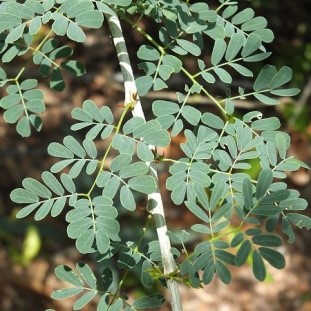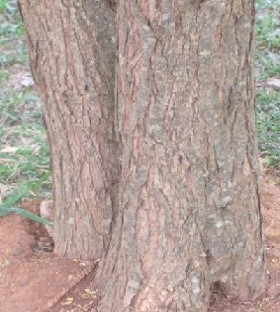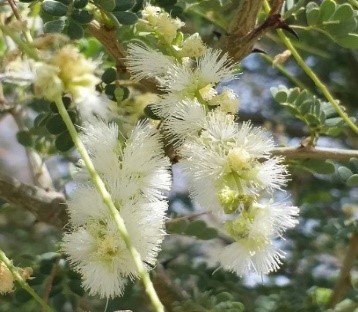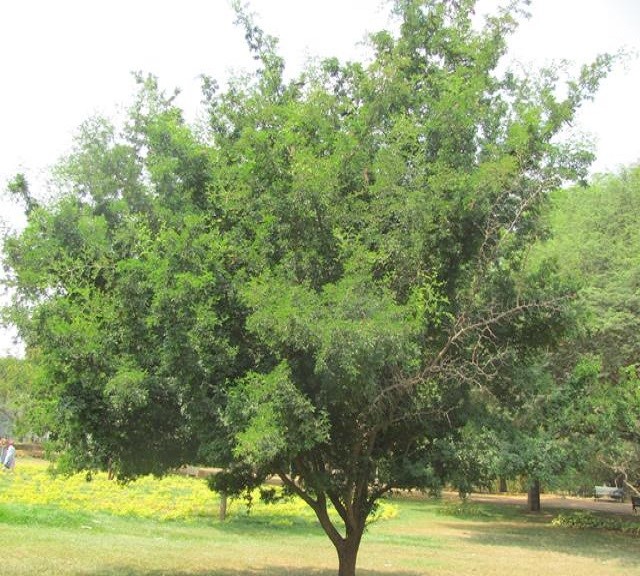Trees
Acacia modesta (Linn.) Wall
Acacia modesta (Linn.) Wall
Description :
A deciduous, thorny moderate-size tree, 3 to 9 m tall. Diameters up to 2
m have been recorded. Leaves are compound. 1.2 to 5 cm long. The bark is rough
with irregular cracks. The flowers are pale white to pale yellow, fragrant
growing in bunches and appear between March and May depending on geographic
location. The pods are small, 5 to 7.5 cm long, and mature between May and
November. At present no disease or insects problems have been identified. It is
easily reproduced from seed and by vegetative means. Seed remains viable for 1
year. It is relatively slow growing but will yield 4 to 6 m3/ha/yr
in 50 years. Average height and diameter for 50 years old tree is 6 m and 23 cm
respectively. Specific gravity of 0.96 and a calorific value of 5500 kcal/kg. Sapwood
is white, close grained, heartwood is dark brown with black streaks.
Distribution :
This
tree is native to Pakistan, Afghanistan, and India. In Pakistan it is found
below 1200 m in the foothill ranges of the Himalayas, Salt Range, Sulaiman
Hills, Balochistan and Kirthar Range. It is also found in the plains close to
these mountains. A moderately intolerant, drought resistant tree that grows on
a variety of soils, including dry shallow soils. It grows in precipitation
range of 250 to 1300 mm/yr. It prefers a semi-arid, subhumid climate within a
temperature range of -5 to 40°C. It exhibits some frost hardiness.
Uses :
This
valuable tree is adapted to a variety of arid sites. It is aggressive because
it can tolerate some shade. It is important in the Barani region and has great
potential for reforestation projects. Young plants need protection from
grazing. It has great potential as a farm forestry tree and can be easily
managed with a coppice system. Wood is durable, heavy, hard and very strong
also used as fodder, fuel, agricultural implements, hedge, apiculture, and gum.



